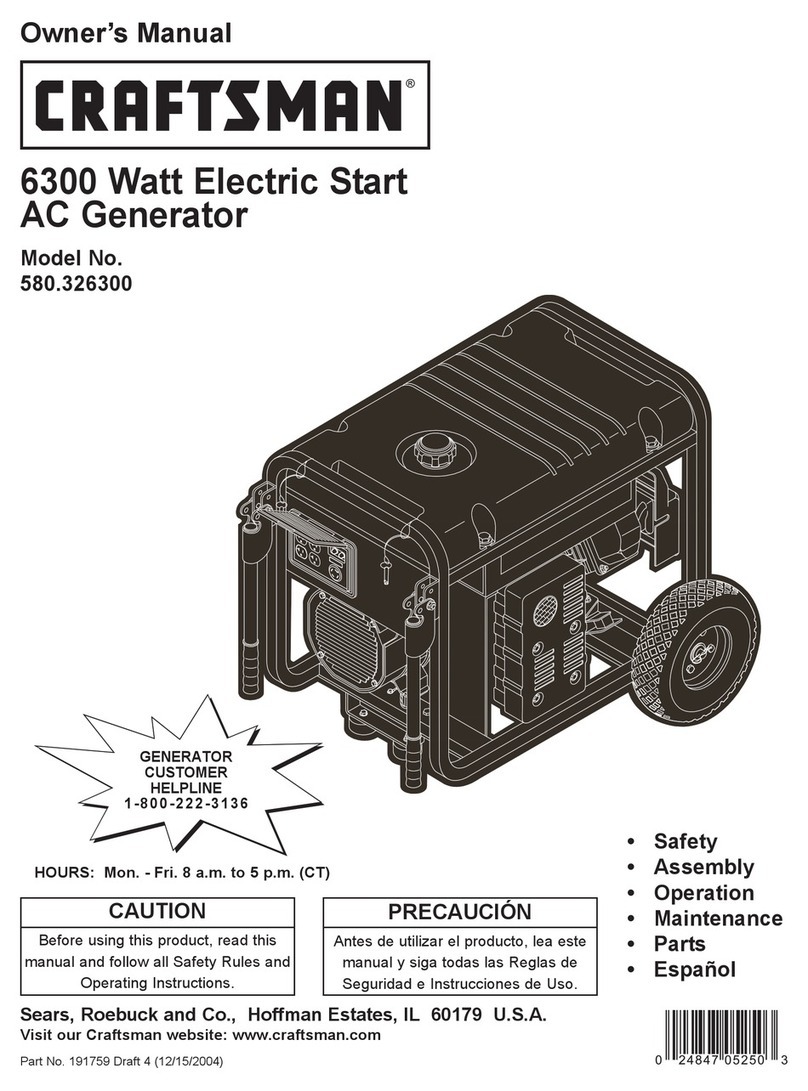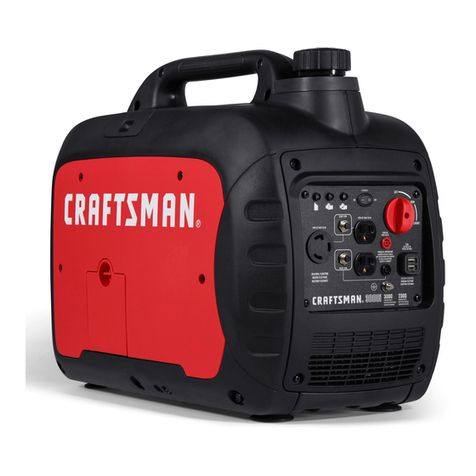
2
Contents
Chapter 1 Safety............................................................................................ 4
1.1 Logo and definition of safety................................................................... 4
1.2 Safety requirement.................................................................................. 4
Chapter 2 Product introduction....................................................................7
2.1 Inverter nameplate.................................................................................. 7
2.2 Name rules.............................................................................................. 7
2.3 Selection Guide....................................................................................... 8
2.4 General technical specifications of products........................................... 8
2.5 Product size.......................................................................................... 10
2.5.1 Machine overall size........................................................................ 10
2.5.2 The keyboard shape size.................................................................11
Chapter 3 Installation and wiring............................................................... 13
3.1 Installation of inverter............................................................................ 13
3.1.1 Installation conditions.......................................................................13
3.1.2 Installation and space requirement.................................................. 13
3.1.3 Operation panel dismantlement and installation.............................. 14
3.2 Wiring inverter....................................................................................... 16
3.2.1 Connected to the inverter and peripheral devices............................16
3.2.2 Standard wiring diagram.................................................................. 17
3.2.3 Terminal configuration..................................................................... 18
Chapter 4 Basic operation and run............................................................ 21
4.1 Operation panel display.........................................................................21
4.2 Keyboard operation method.................................................................. 21
4.2.1 Keys function description................................................................. 21
4.2.2 LED Indicator light description......................................................... 22
Chapter 5 Function parameter table.......................................................... 24
5.1 F0 Group: Basic function....................................................................... 24
5.2 F1 Group: Start and stop control........................................................... 27
5.3 F2 Group: Motor parameters.................................................................29
5.4 F3 Group: Vector control parameters.................................................... 29
5.5 F4 Group: V/F control............................................................................31
5.6 F5 Group: Input terminals......................................................................33
5.7 F6 Group: Output terminals...................................................................36
5.8 F7 Group: Keypad and display parameters...........................................39
5.9 F8 Group: Auxiliary function.................................................................. 41
5.10 F9 Group: PID control......................................................................... 44
5.11 FA Group: Multi-steps speed...............................................................46
5.12 Fb Group: Protection and malfunction.................................................48

































